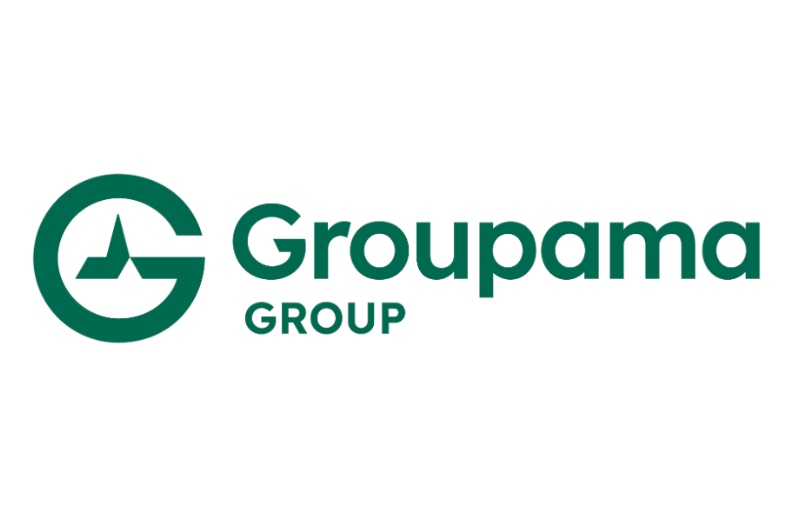
The nature of third-quarter 2020 catastrophe loss events means that for some insurers they will largely be a retention issue, with excess of loss reinsurance proving less responsive to the way losses have fallen, but conversely some aggregate reinsurance covers may be triggered, Fitch Ratings has said.The rating agency explained that aggregate reinsurance is an area of the reinsurance market that is more exposed to losses from the third-quarter, given the proliferation of multiple smaller loss events during the period.Fitch estimates that Q3 catastrophe losses could amount to at least $25 billion, making it the largest since Q3 2017, driven by an elevated frequency of events during the quarter.While the majority of insurers and reinsurers are very well-positioned to absorb these losses, as their balance-sheets are strong and reinsurance programs robust.
Some are now reporting material impacts, making Q3 an expensive period thanks to loss events including Hurricanes Isaias, Laura, and Sally, the Derecho Windstorm in the Midwest, and wildfires in California and Oregon, as well as some suffering man-made losses from the Beirut explosion.With hurricane Laura’s industry losses generally estimated in a range from $11 billion to as high as $15 billion, Fitch explains that this is the largest catastrophe loss of the quarter, with the rest bringing the total for the period to around $25 billion.That takes 2020 above average for catastrophe losses to-date, Fitch explains, but still, the way the losses have fallen means insurers have been on the hook for more than their reinsurance carriers.
“This accumulation of losses is expected to exceed many individual company catastrophe budgets and further pressure full-year 2020 earnings,” Fitch notes, even excluding the losses from the COVID-19 pandemic, which are likely to continue to pressure some.Fitch expects the nature of third-quarter catastrophe loss activity will mean “the distribution of losses shifted proportionately more towards primary insurers relative to reinsurers.” Catastrophe excess of loss reinsurance programs are expected to absorb a smaller share of claims, Fitch said.Adding that, “For a number of primary insurers, 3Q20 will represent the largest net retention of catastrophe losses in a third quarter period in the last decade.” The difference between a large, single catastrophe loss event and the frequency of losses seen in the last quarter means that some carriers could even see themselves retaining a higher level of losses from Q3 2020 than they saw in 2017 when hurricane Irma struck.
Aggregate reinsurance is therefore more exposed to the third-quarter events, Fitch Ratings said.Designed to protect against an elevated frequency of small to medium sized catastrophe events, Fitch highlights Travelers as one company set to tap its aggregate reinsurance and says that others are also likely to now exceed aggregate deductibles and recover losses from these reinsurance programs in 2020.As a result, the P&C market will go into Q4 with occurrence catastrophe excess of loss reinsurance programs still largely intact.
But the heightened frequency of loss events, the fact 2020 catastrophe losses may run above average and the impacts to aggregate programs, will all likely add further impetus to reinsurance rate increases at the January 2021 renewals, Fitch believes.———————————————————————.All of our Artemis Live insurance-linked securities (ILS), catastrophe bonds and reinsurance can be accessed online.Our can be subscribed to using the typical podcast services providers, including Apple, Google, Spotify and more.
Publisher: Artemis








